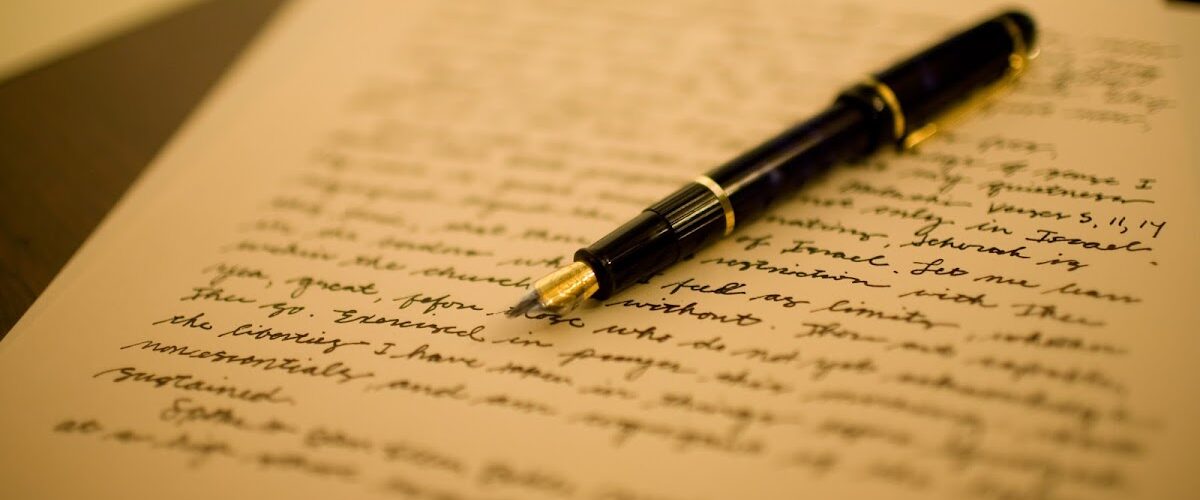Papyrus to Paper: The Journey of a Foundational Material

Evolution of Writing Surfaces
The history of writing materials is a fascinating journey that spans millennia. From the earliest days of human communication, people have sought durable and flexible surfaces to inscribe their thoughts, stories, and knowledge. One of the most significant milestones in this journey is the invention and evolution of paper.
Ancient Beginnings: Papyrus
Before paper, ancient civilizations relied on various materials for writing. Among these, one of the earliest writing surfaces was papyrus. Originating in ancient Egypt around 3000 BCE, papyrus was crafted from the pith of the Cyperus papyrus plant. The plant’s fibrous layers were separated, pounded into sheets, and then overlapped to create a smooth surface for writing.
Transition to Paper
While papyrus served its purpose for centuries, it had limitations, particularly in regions where the plant did not grow. The transition to paper marked a significant leap in the accessibility and versatility of writing materials.
Chinese Innovation: Cai Lun and Papermaking
The invention of paper is attributed to Cai Lun, a Chinese court official and eunuch, around 105 CE during the Eastern Han Dynasty. Cai Lun is credited with the development of a method to create paper using mulberry bark, old fishing nets, and hemp waste. His process involved soaking these materials in water, mashing them into a pulp, spreading the pulp on a flat surface, and then allowing it to dry.
Cai Lun’s invention revolutionized the way information could be recorded and disseminated. Paper was more abundant, cheaper to produce, and offered a smoother surface for writing compared to earlier materials.
Spread of Papermaking Techniques
The knowledge of papermaking gradually spread beyond China. By the 8th century, the technology had reached the Islamic world, where paper mills were established in regions like Baghdad and Damascus. The introduction of papermaking to Europe occurred during the Islamic Golden Age, and paper mills began to emerge in Spain and Italy in the 12th century.
Impact and Legacy
The widespread adoption of paper had profound effects on human civilization. It facilitated the dissemination of knowledge, the development of literature, and the advancement of education. The accessibility of paper contributed to the proliferation of books, enabling information to transcend geographical and cultural boundaries.
Conclusion
The journey from papyrus to paper is a testament to human ingenuity and the constant quest for improvement. Cai Lun’s innovation in papermaking marked a pivotal moment in history, shaping the way we communicate and preserve information. Today, paper remains a ubiquitous and essential material in our daily lives, connecting us to ancient traditions while serving as a versatile medium for expression and documentation.








